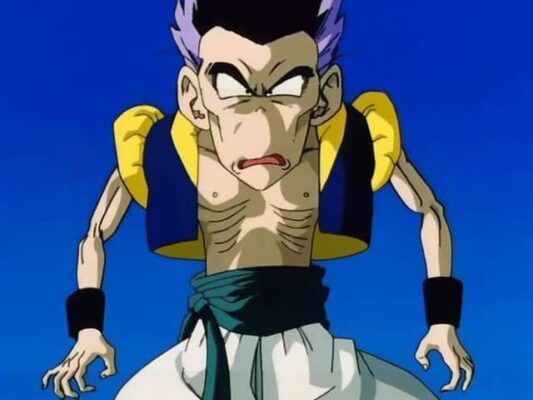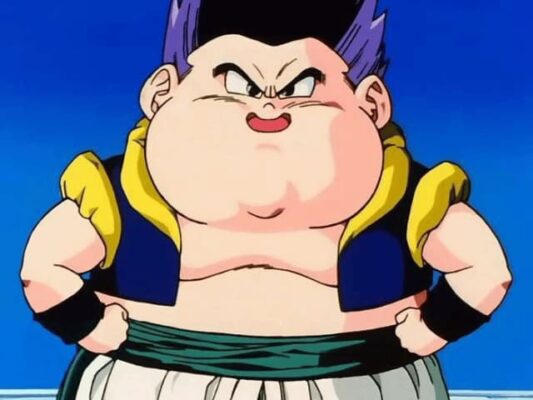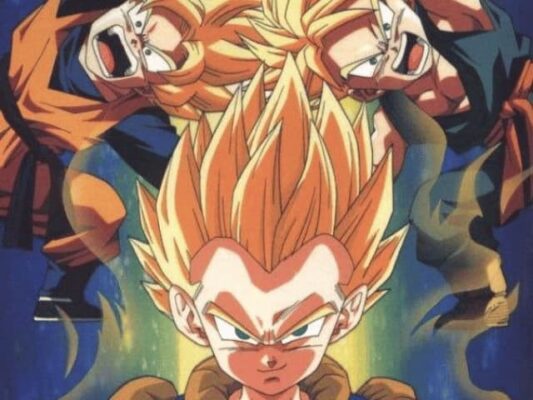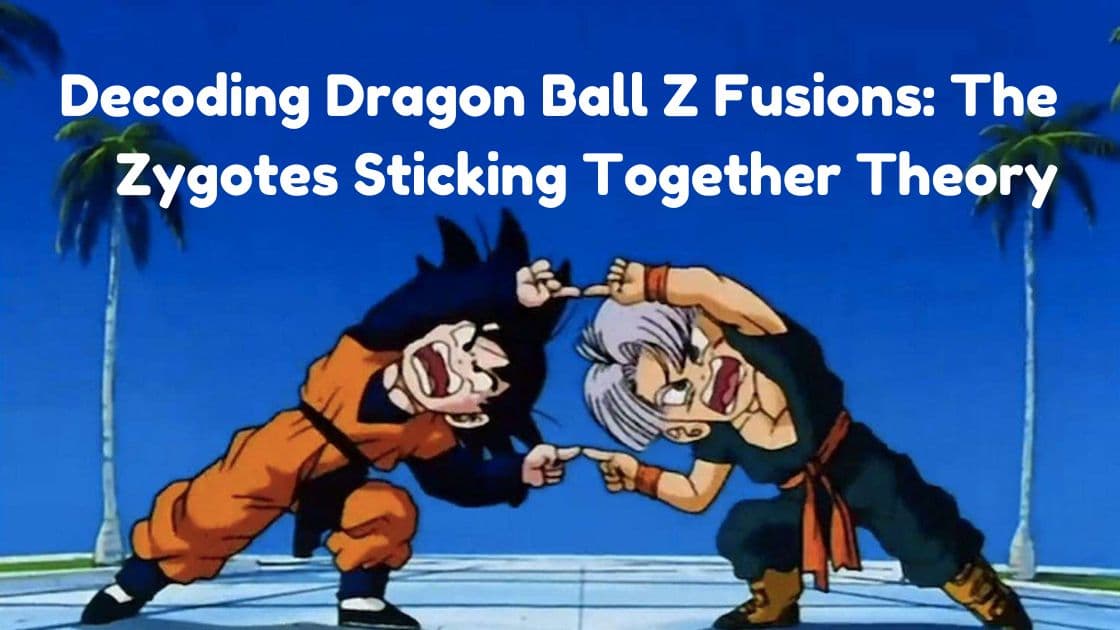The intricate world of Dragon Ball Z has always fascinated fans with its unique concepts, and one of the most captivating elements is the phenomenon of Fusions. Recently, Professor Naoki Wada, a cell engineer, provided insights into the theoretical underpinnings of Dragon Ball Z Fusions and even speculated on how this research might pave the way for humans to become Namekians in the future.
In an interview with the official Dragon Ball website on November 23, 2023, Professor Wada shared his groundbreaking work as part of the world’s first team to fuse a human cell and a plant cell. Central to his theory, aptly named the “Zygotes Sticking Together Theory,” is the idea that participants in a Fusion would revert to a fertilized egg, or zygote. This zygote fusion would result in the rapid growth of a single individual, mirroring the Fusion process seen in Dragon Ball Z.


Explaining the intricacies, Professor Wada highlighted that human cells possess two sets of genetic information—one from the father and one from the mother. In the typical process of somatic cell division, new cells are created by duplicating old ones, maintaining the two sets of information. However, during the creation of sperm and egg cells through meiosis, only one set of genetic information is retained. When Fusion occurs, as in the case of Gotenks, a fusion chimera, there would be four sets of genetic information. According to Professor Wada, if meiosis happens, it would lead to the formation of cells with two sets of information, eventually growing into the original individuals, Goten and Trunks.

While the Zygotes Sticking Together Theory presents an intriguing perspective, practical challenges need resolution. The time factor poses a significant hurdle, as the rapid cell growth required for battle scenarios clashes with the typical nine-month development of a human zygote. Retaining memory during and after the Fusion process also presents a conundrum.
Professor Wada, however, offers a glimpse into the potential future of humanity or “Namekianity.” He hints at ongoing studies exploring whether chloroplasts, vital for plant photosynthesis, can be utilized within animal cells. Success in this area could lead to animal cells capable of photosynthesis, echoing the characteristics of Namekians from the Dragon Ball universe.
The prospect of such technology, allowing humans to undergo Namekian-like transformations, raises intriguing ethical and societal questions. The fandom’s enthusiasm for Dragon Ball Z, evident in various forms such as genderswapped Vegeta cosplay, indicates a potential societal interest in embracing elements from the beloved series.

As Dragon Ball Daima, the upcoming anime series, promises a new adventure, the Dragon Ball universe continues to captivate audiences, leaving them pondering the fascinating intersections between science fiction and potential future scientific developments. Whether humanity will take a step towards becoming Namekians remains uncertain, but the journey of exploration continues both on and off the screens.

